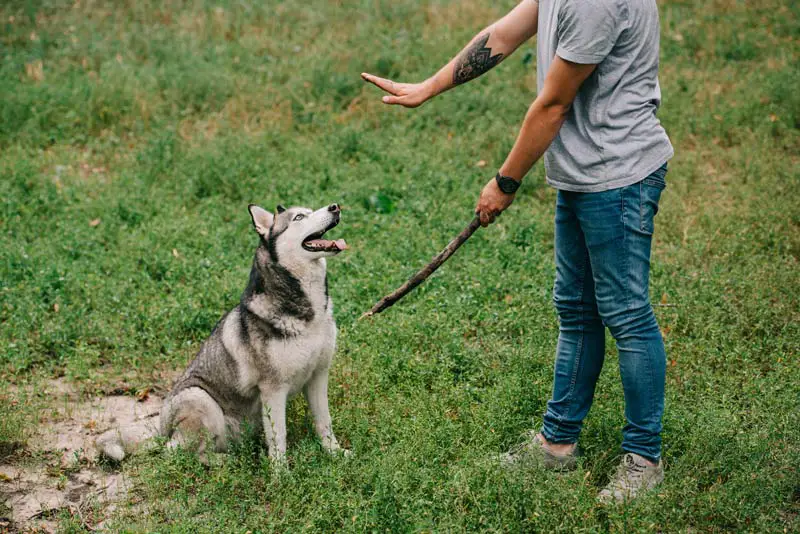Imagine this scenario:
You’ve invited a new friend over to your house. When they arrive, your 50+ pound dog (and best friend) jumps all over them, and no matter how much you call his name or try to dissuade him away, he simply won’t listen!
Sound familiar? You’re not alone. When your dog was a puppy, it might have been cute, but now he’s fully grown, and it’s getting harder to bury that embarrassing feeling you get when people witness how ineffective your commands are.
As the owner of a thriving dog-training and pet care business, I’ve seen it all. From the most well-behaved dogs who obey every command to that one lovable but rambunctious Malinese who just won’t listen. And I’ve seen the stress in the eyes of the dog parents who come to me at their wit’s end, the break in their hearts when they wonder whether they’ll ever be able to truly enjoy their dog without having to apologize for its behavior.
Not only that, but it can be dangerous, too. Your dog’s ability to listen to you could mean the difference between life and death. Should your furbaby decide to run into a busy street, you need to make sure he listens to you and listens well!
So now that we’ve got the preamble out the way, what to do when your pup won’t listen? Keep reading to discover the top 7 things you can do to get your dog to finally hear you and obey.
A word to the wise…
Before we get started, it’s important to remember that positive reinforcement has been proven to be vastly more effective than negative, i.e., punishment. Never use your dog’s name in a negative way or punish him for not obeying a command. If you’re having behavioral issues with your pup, teach him the positive behaviors you’d like him to exhibit and reinforce his good behavior with extra love and treats.














